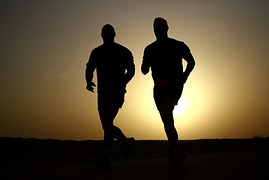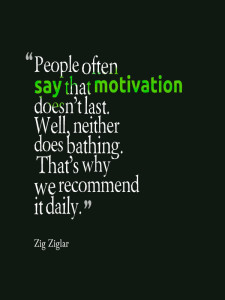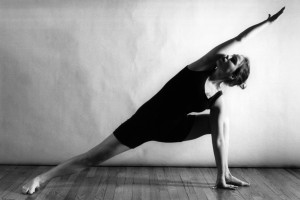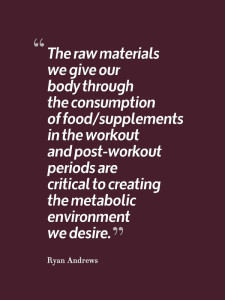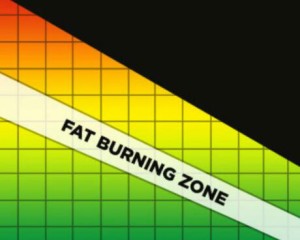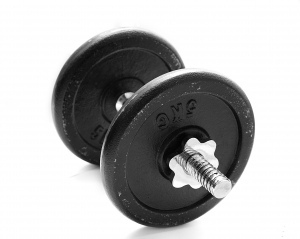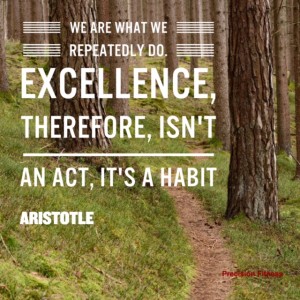
What is the power of habit creation?
I use habit creation to make the changes I want to see in my life.
With the help of Leo Babauta’s work on his website Zen Habits. (You can learn more about his work here.)
Habits are now running my life.
They tell me when and what to eat. They tell me when and how to exercise. I have no say. I try and fight them but I can’t, I am powerless.
Hard to believe?
I don’t set an alarm clock. I’m always up before 4:30 am, sometimes earlier, much earlier.
First thing I do is drag myself to the coffee maker. I do it first thing EVERY morning. No thinking, no objections.
I then catch up on emails and plan for the day.
I’ve recently added writing for 30 minutes.
When I’m done using my brain, I’ll start my movement practice and then take the dogs out for a walk. All before having breakfast.
I do this every morning, weekday or weekend, it doesn’t matter.
It’s what my habits tell me to do so I do it and I don’t mind, not at all.
Creating Habits
Habit creation is a powerful technique that has forged my morning routine into one that starts my day off on the right track.
This can help you too.
They can help you put everything on automatic.
I head to work every morning knowing that I’ve already accomplished a big part of my daily goals.
I also know that in the long run, I’ll make significant progress in both my writing and movement skills.
And if I can do it, I know you can too.
Three Reasons to Start Creating Habits
1. Your brain loves habits.
Habits run the mundane everyday tasks for us.
They can take over the menial tasks that we repeatedly do (like brushing our teeth) so our brains can focus on more important tasks or problems.
This allows you to dedicate your time and energy into creatively solving the BIGGER problems in your life.
2. Motivation not required.
As you know, fitness isn’t a one time thing. Like any pursuit, it has to be practiced every day and it only works when you’re consistent.
There’s no other way around it.
Your habits allow you to keep moving forward with or with out motivation.
Just think of the results you would if you can create a healthy habit of exercise even when you’re not feeling up to it.
This can work wonders for your consistency, and consistency will work wonders for your goals.
3. Long term results.
When you create a habit you reap the rewards forever.
What a deal, right?
Just put in the hard work upfront and you’ll see a lifetime of benefit.
I know it’s not easy; building habits or even replacing bad ones takes time and being patient enough to see it thru can a be a big challenge.
It is however worth it.
Because the other option is to get rapid results using extreme measures.
But what happens in the long run?
You can’t keep up with the unrealistic demands so you drop out and go back to your old habits.
And now you’re back to square one.
You can avoid all of this.
Instead, work on the process of building healthy habits so the results you do get, you get to enjoy and keep forever.
(I wrote a post on how to create habits, you can read it here.)
The Power of Habit Creation
This is why I let healthy habits run my life. It frees my mind to focus on more complex tasks, it keeps me consistent and that consistency pays off big time.
It may take time and a lot of effort up front but once you create a habit, you get results for the long term.
Isn’t that what you really want anyway?
Ed Scaduto

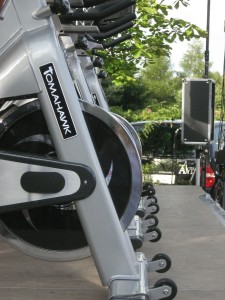 HIIT training is another type of cardiovascular training and it’s the exact counter part to (slow long duration) SLD cardio. If you missed the blog post about SLD cardio you can read it
HIIT training is another type of cardiovascular training and it’s the exact counter part to (slow long duration) SLD cardio. If you missed the blog post about SLD cardio you can read it 